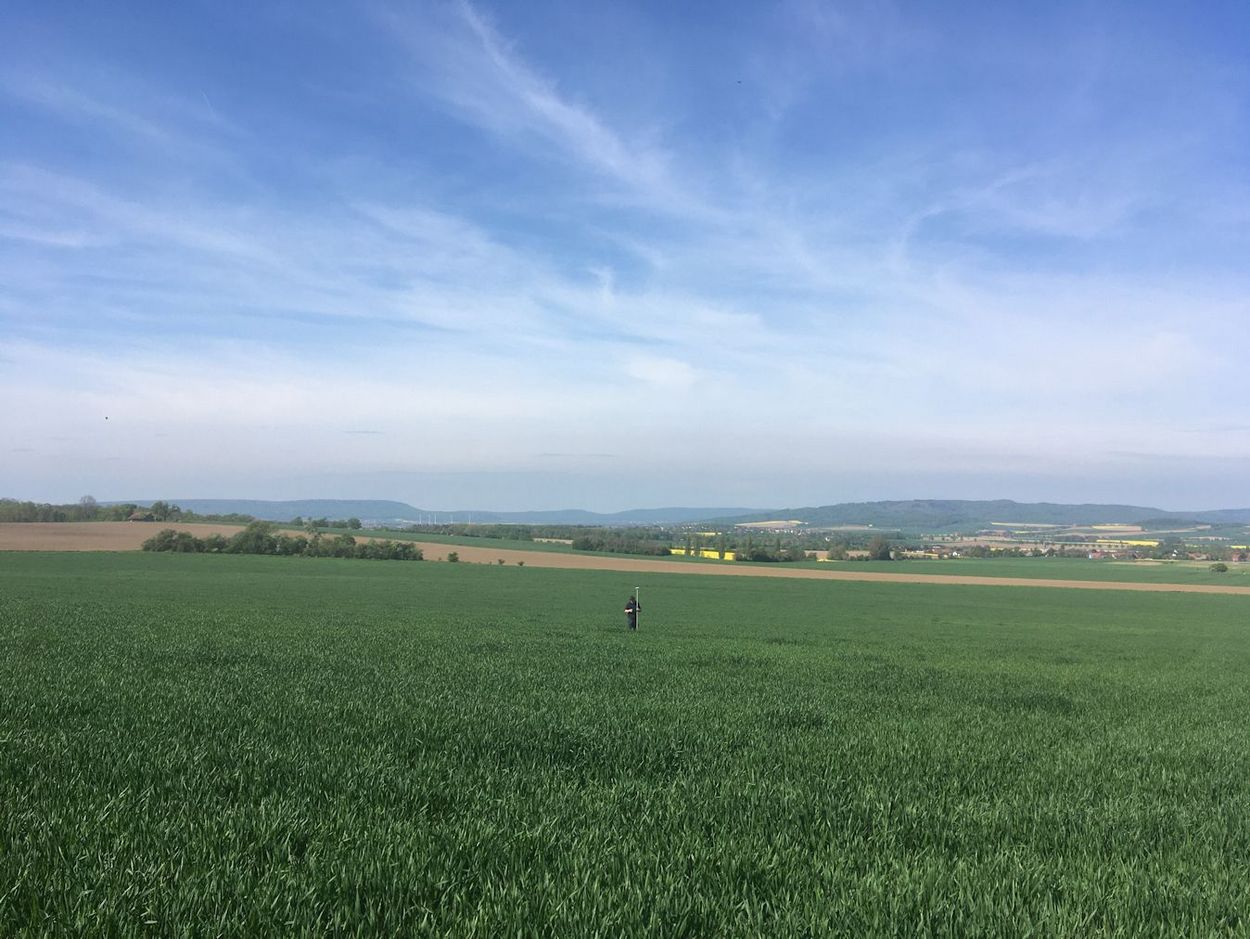Agricultural soils tend to lose carbon (C) in many places, which may have several reasons. One of them is climate change, but so far it has been difficult to assess what role past warming and change in precipitation patterns might have played in regional soil carbon trends. We tried to estimate just that, using an established soil carbon model to model agricultural soils globally 100 years into the past, deliberately ignoring any management or land use change effects. Consequently, warming of about 1.1°C potentially decreased soil carbon stocks by about 2.5% or 3.9%, depending on whether we exposed C inputs to a climate forcing or kept them constant. Decreases in soil carbon occurred on average in all climate zones. For the temperate zone (i.e. also Central Europe) we come to annual decreases of almost 40 kg C per hectare and year in the last 50 years. It can therefore be assumed that climate change has already been playing a role for many years, but can only explain a rather small part of the partially already reported C losses from soils. Nevertheless, this general trend most likely counteracts efforts of soil carbon accrual, endangers soil fertility and reinforces climate change to some extent.
Scroll to top

![[Translate to English:] [Translate to English:]](/media/_processed_/6/4/csm_titel_CO2Kampagne8_afeea2273e.png)
![[Translate to English:] [Translate to English:]](/media/_processed_/4/1/csm_titel_93px_CO2Kampagne8_9b0f3354d4.png)






